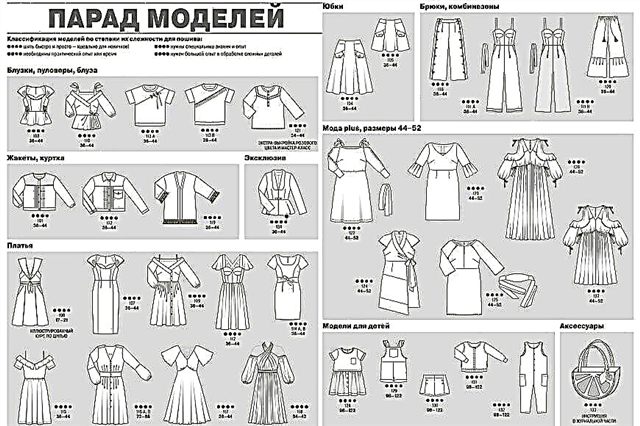Share
Pin
Tweet
Send
Share
Send
Pockets are not only functional, but also a decorative element of clothes, so they should be done very carefully.
A simple patch pocket is made on models of light fabrics, on jeans and other unlined clothes. This pocket is cut out with allowances for seams in all sections. Along the top cut of the pocket, as a rule, one-piece edging is provided. In large pockets, the stitching is duplicated with a thin adhesive pad. Places for adjusting corners for marking are also duplicated with small pieces of glue in the form of a square or a circle on thin fabrics. In this embodiment, the glue is not used, because the material is not so thin.
Consider the processing technology of a simple patch pocket. Trim the top cut of the pocket / one-piece trim. Clean the upper part of the side edges of the pocket: unscrew the hem on the front side along the fold line. Stitch the side edges of the hem on your pocket.



Cut off the seam allowances obliquely in the corners. Turn the trim to the wrong side, straighten, iron. Edges can be swept.

In the rounding sections, lay the machine stitches close to the edge of the fabric. To achieve the ideal rounding form, cut a template into a pocket shape from a durable thin cardboard (cardboard from a box of sweets or women's tights is suitable). In production, this operation is performed using presses with special templates.Therefore patch pockets, for example, on finished men's shirts look perfect.
Place the template on the wrong side of the pocket (see photo), aligning the marked lines of the seams.

Pull the lower stitches of the stitches, while the allowances should fit the pattern flat. Spread the assemblies evenly over the rounding sections.

Remove the template and iron again. If the model has a finishing line along the entrance to the pocket, it's time to lay it.
Put the finished pocket on the product part according to the marking, combining the pattern / stripes (this must be taken into account when cutting).

Pin, bast and sew. You can manually stitch blind seam. Or stitch by car. So that the corners of the pocket do not come off under the action of the load, they should be further strengthened with a line in the form of a triangle, rectangle, square, or a narrow dense zigzag stitch-fastening.

Some options for a simple patch pocket.




All photos are clickable and enlarge to a clear size. Good luck!
Share
Pin
Tweet
Send
Share
Send



